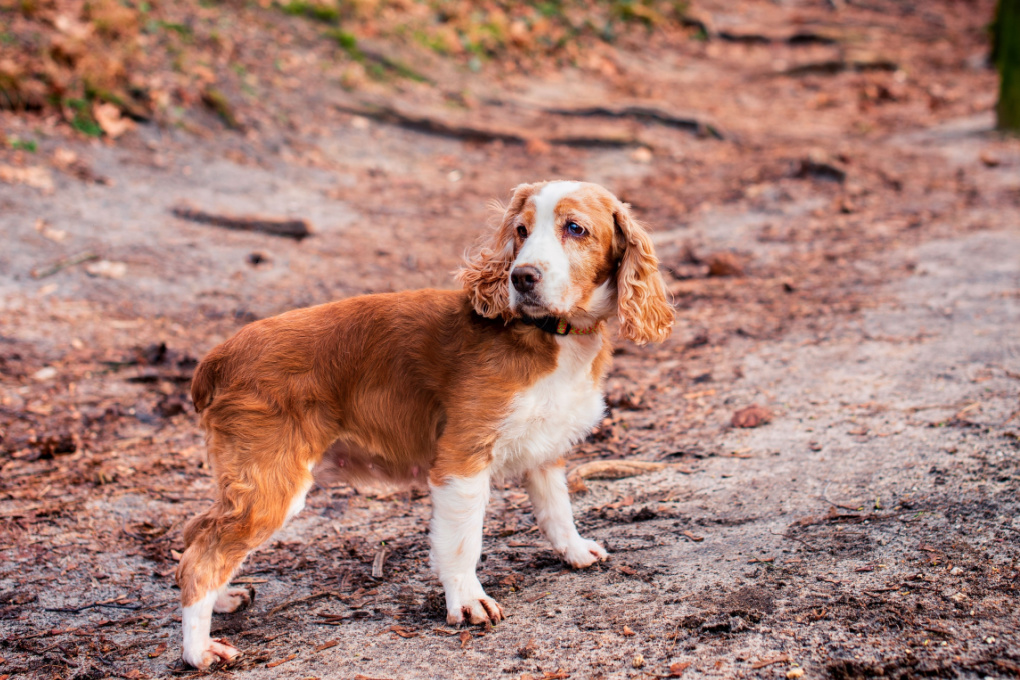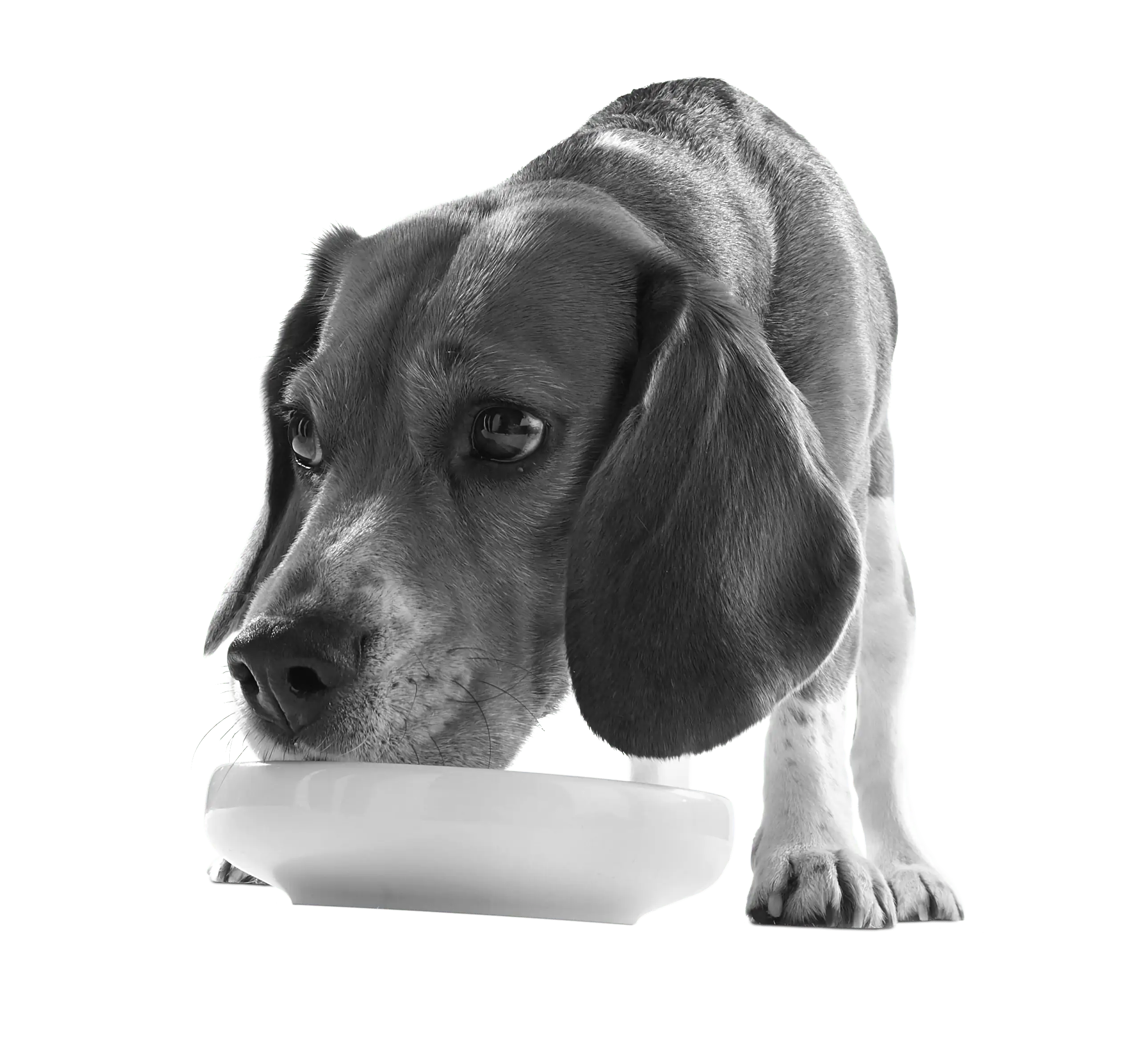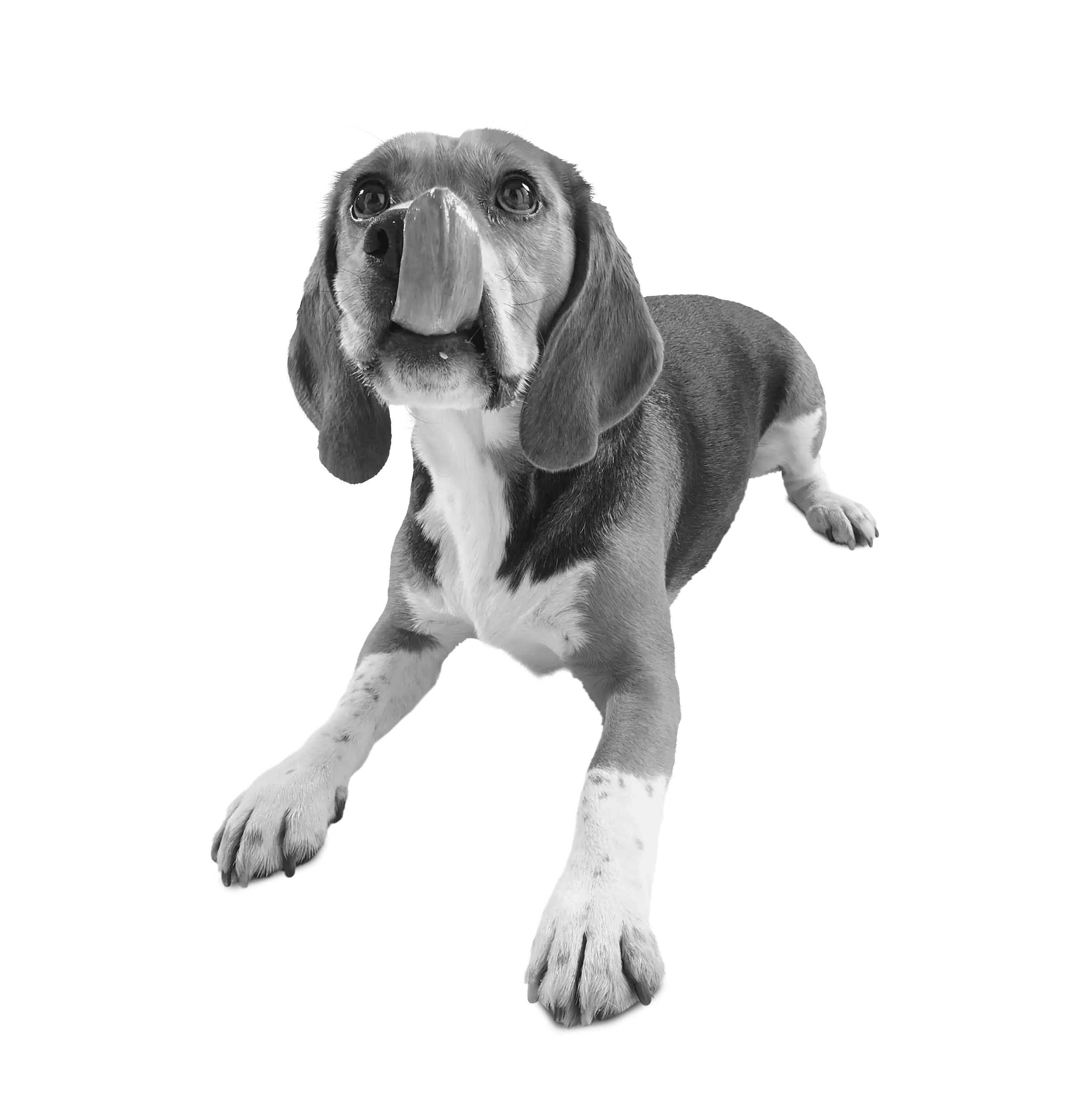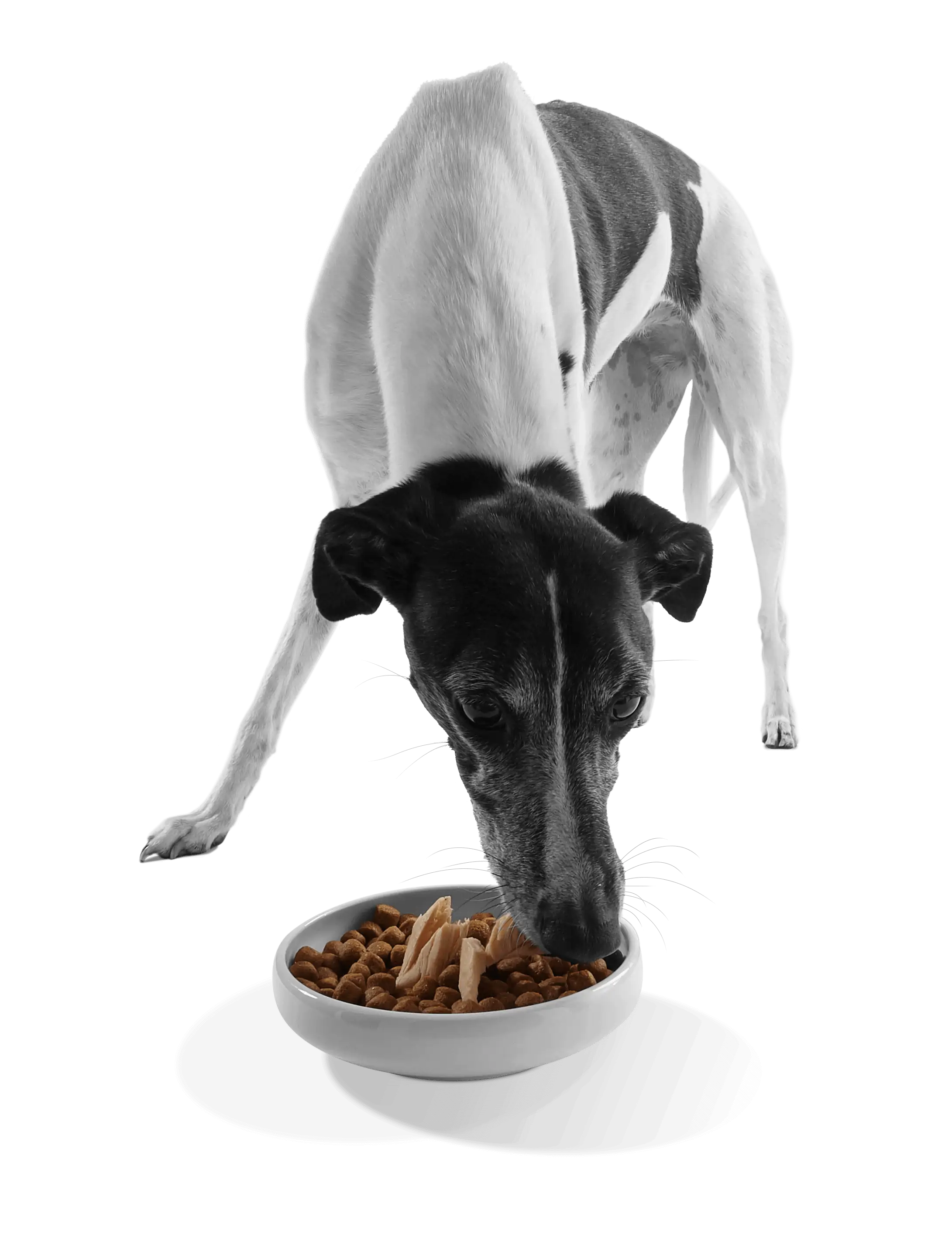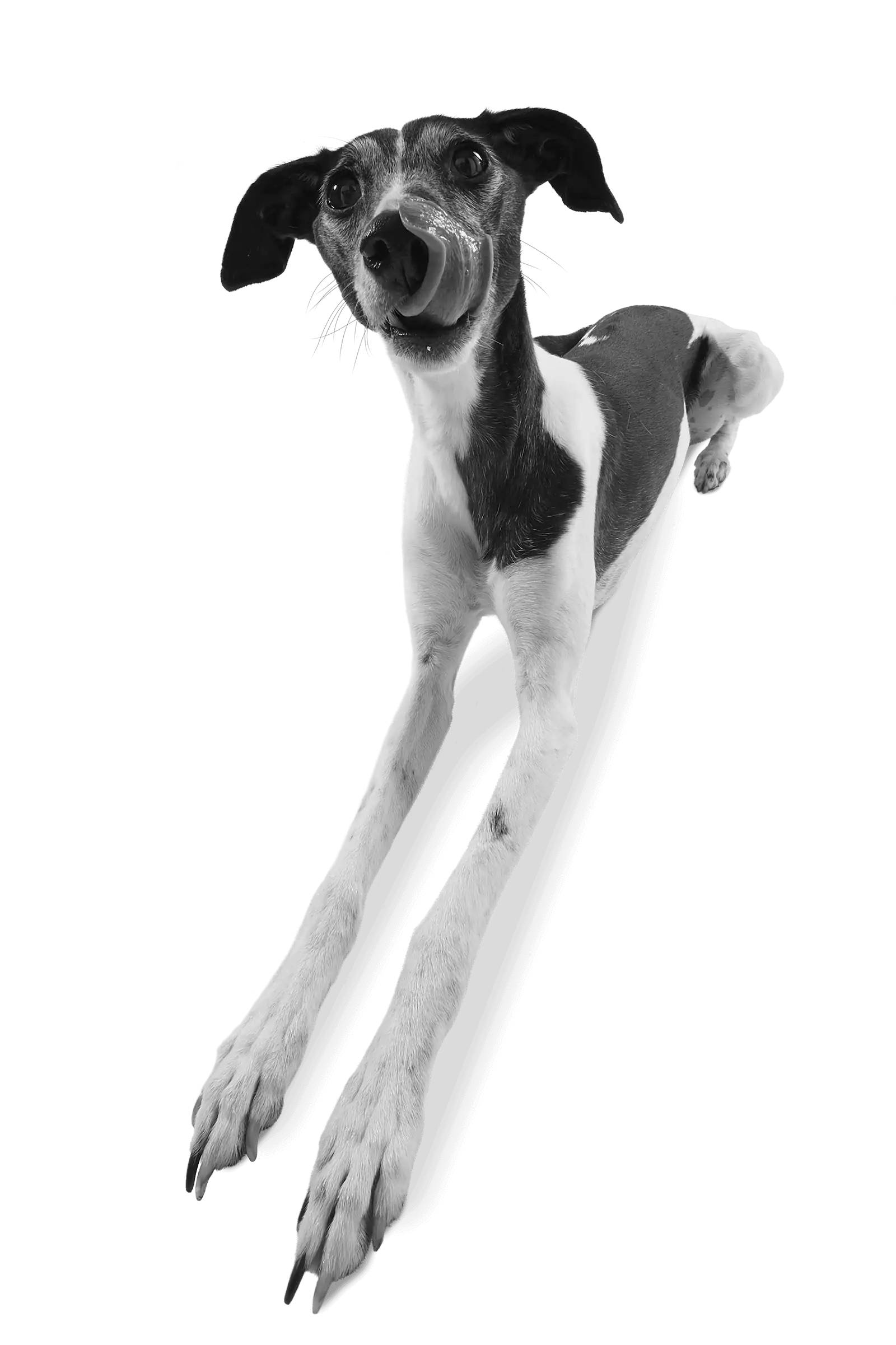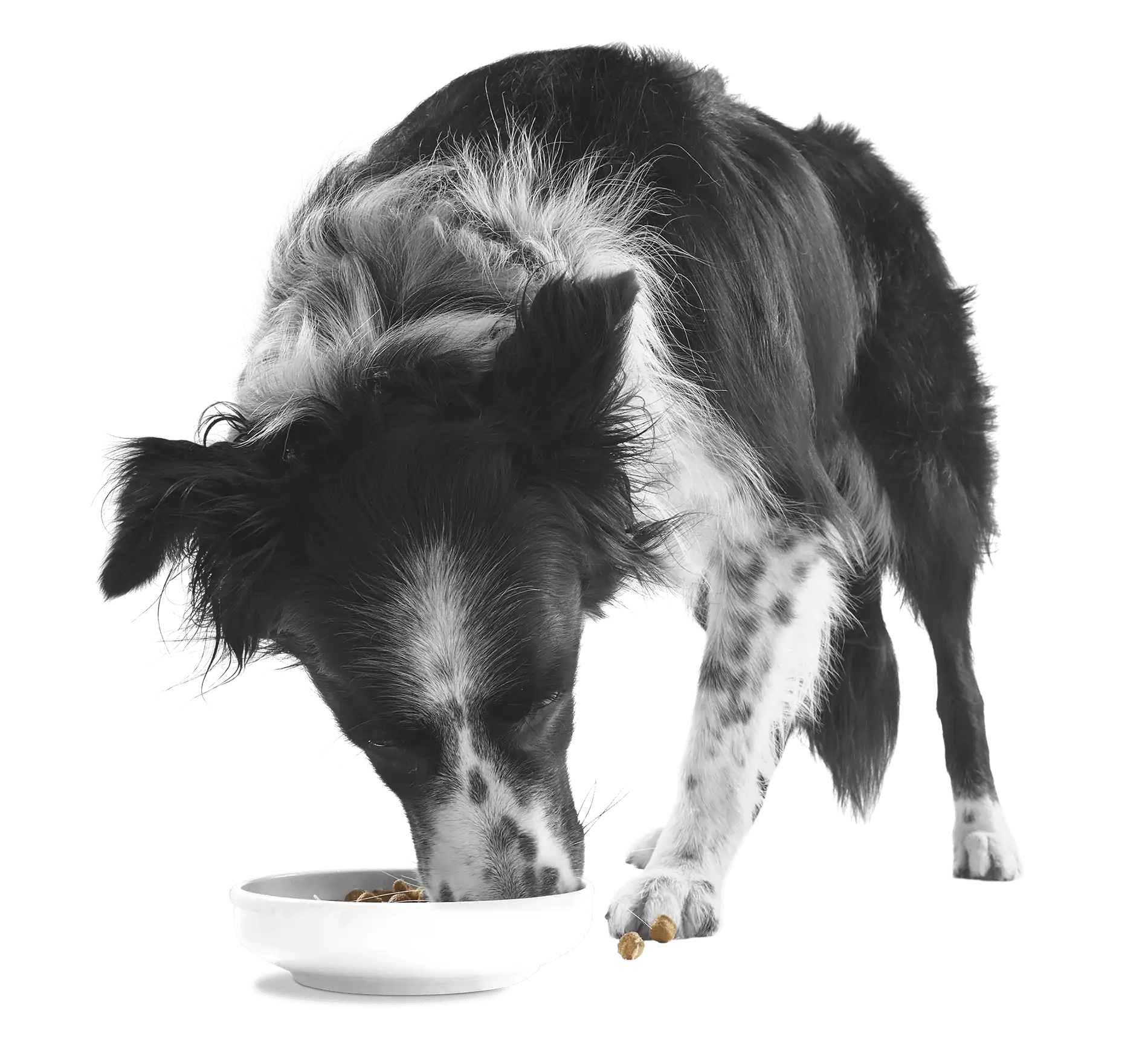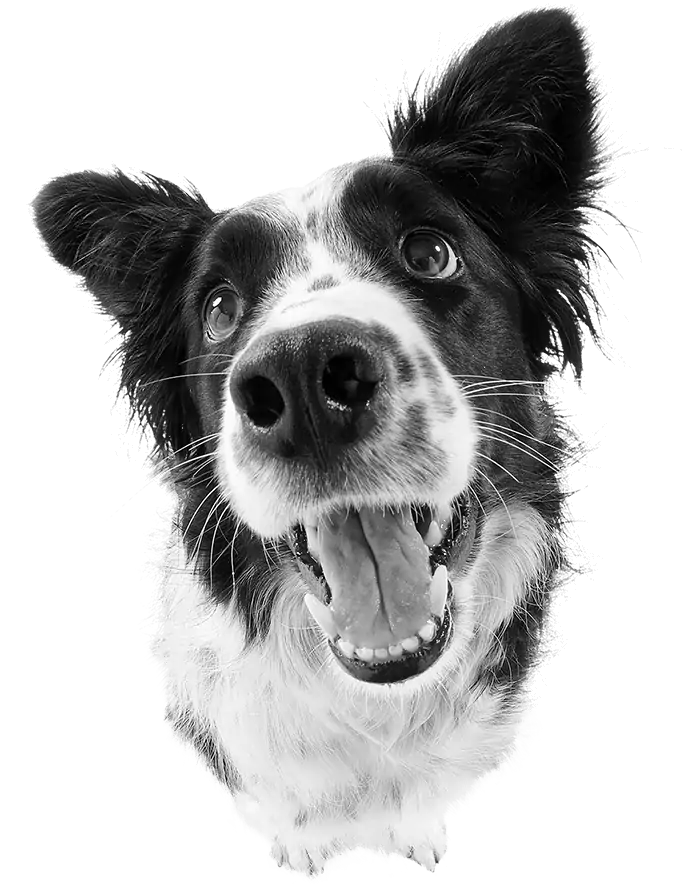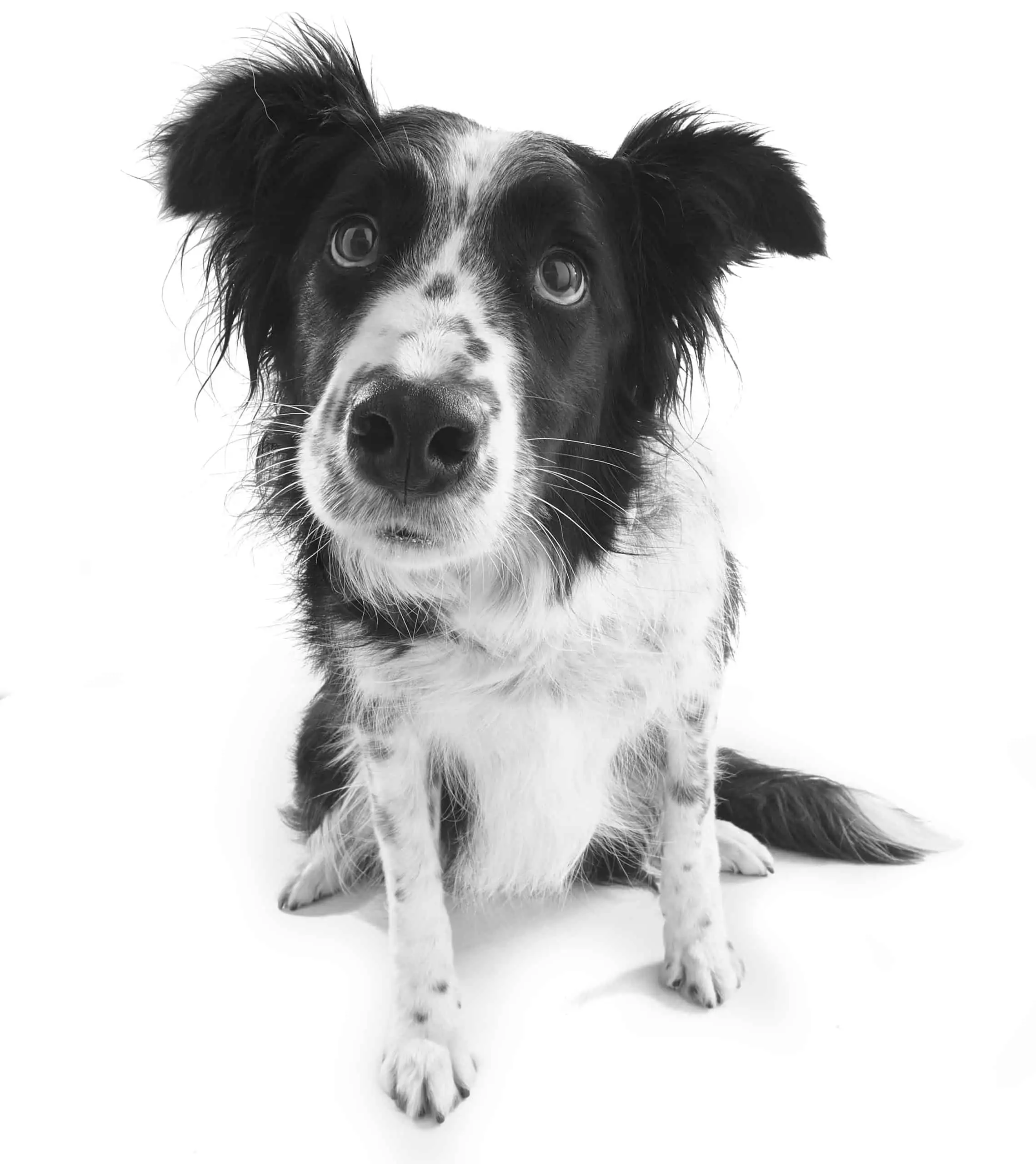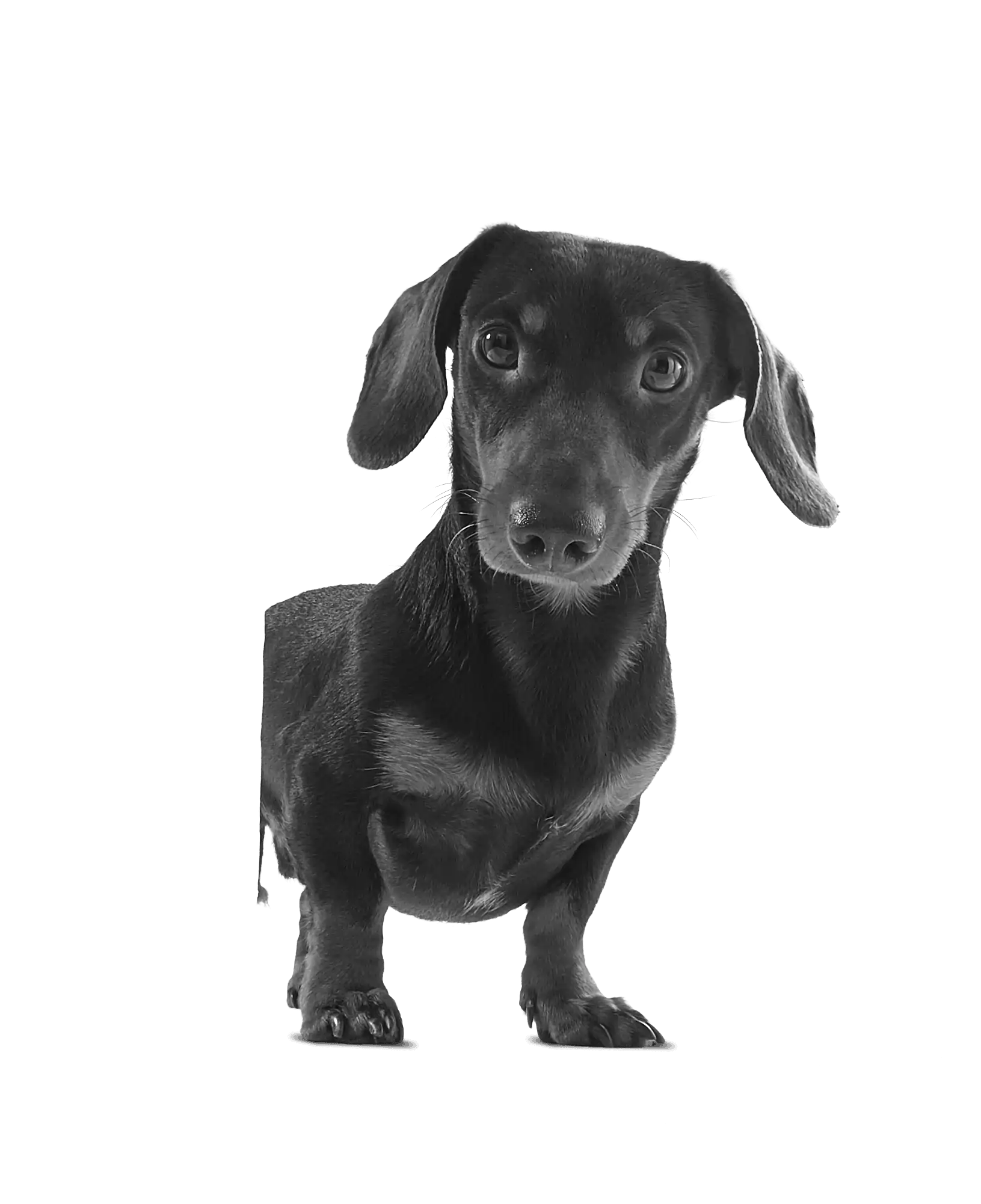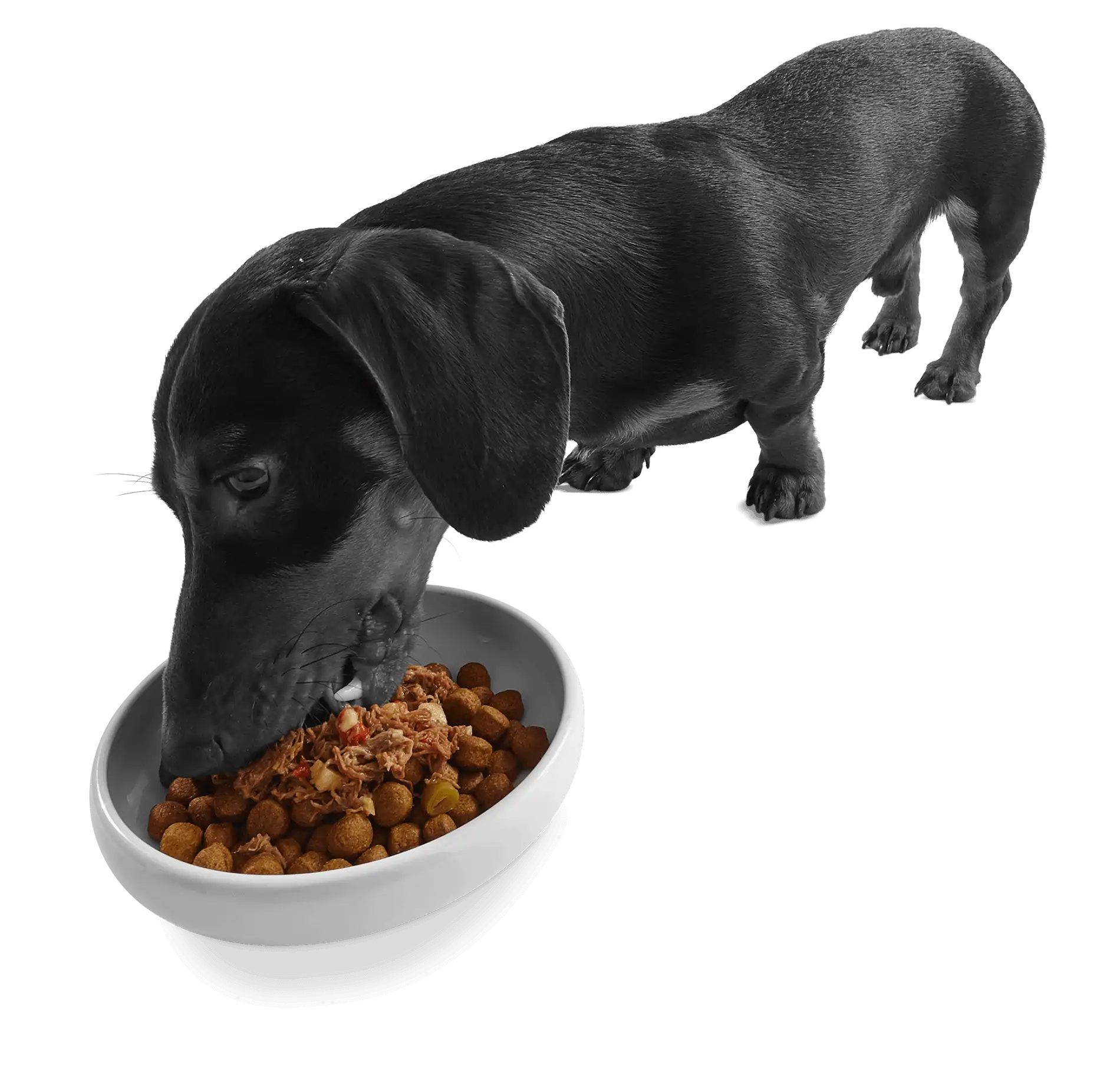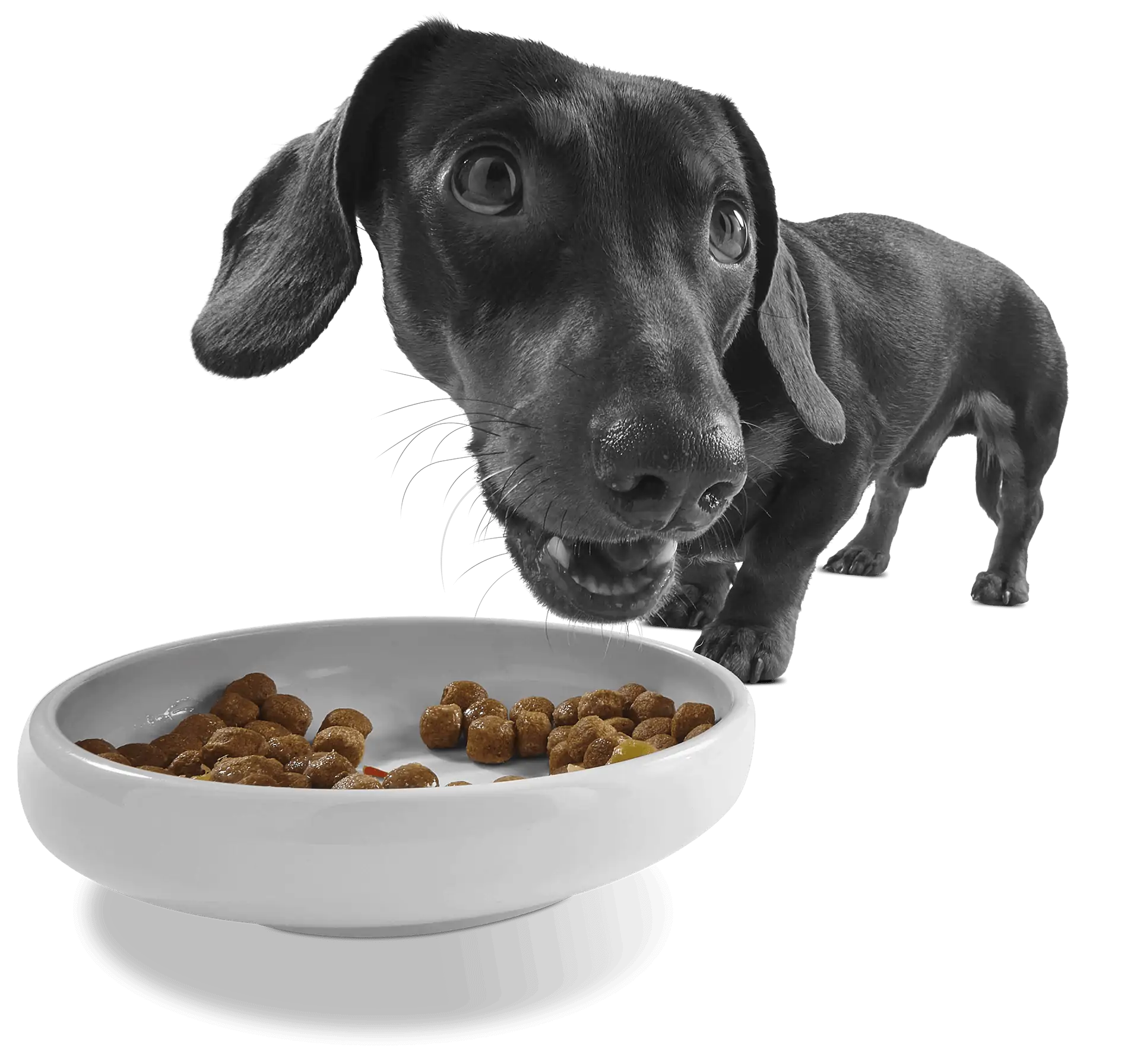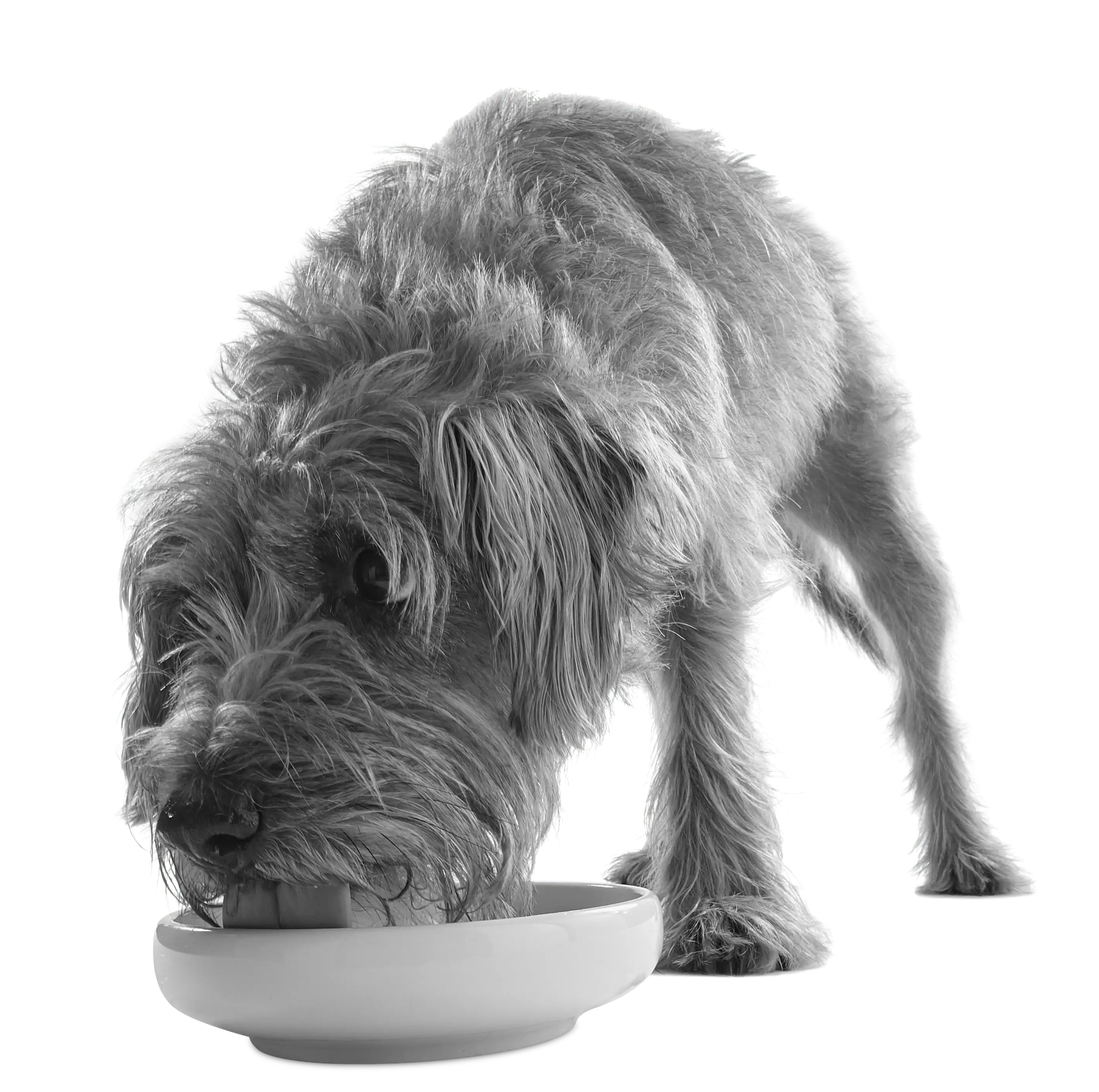Brown rice can be the perfect addition to your best friend’s diet.
Yes, it’s true, our food-loving doggies can eat grains as part of a complete and well-balanced diet, because they’re omnivores.
Brown rice is higher in protein, higher in fibre and lower in starch than its white equivalent.
Those little granules of goodness are packed with essential nutrients, filled with healthy fats and crammed with carbohydrates, which all form an important part of a dog’s diet.
There are occasions when pet parents would be advised to feed their canine companions white rice – which we’ll look at in further detail later in this blog – but both should be provided in moderation.
An influx of carbs can lead to weight gain, just as it can in humans. Feeding your four-legged friend a portion of rice every now and then is the key to maintaining a healthy weight and preserving their happiness.
Should you feed your dog a diet rich in whole grain rice?
Like any other treat, or special doggy side order, it’s important to feed rice to your pet in moderation.
While whole grain rice is packed with positives – including vitamins and minerals – there are things to take into consideration when factoring in your pet’s overall health and wellbeing.
There’s no disputing that these kernels are the colonels of carbohydrates; they can be categorised as a superfood for our furry little superstars as rice ticks so many boxes in meeting our dog’s needs.
Minerals and vitamins – including B and D – have a leading role to play in your pet’s heart health while qualities such as calcium, iron and riboflavin contribute towards physical health.
Brown rice offers so much as an ingredient, which is why it is included in many commercial dog foods. This is why pet parents must pay extra special attention to what they’re feeding their furry housemates.
Adding unnecessary portions of rice to a diet/meal that already contains suitable measures of the source would constitute carb overload, which, in turn, leads to weight gain.
Smaller canines are more susceptible to piling on the pounds, though larger dogs aren’t immune from putting on a little chub. Always read the label on your chosen brand of food and work any additional helpings/treats around that.
Brown rice and other grains contain a great deal of goodness, but they are also calorie dense, so be vigilant with your serving sizes. The calories from the rice should make up no more than 10% of your dog’s daily calorie intake.
Which is better — Whole Grain or Grain Free food?
Grain-free and gluten-free diets continue to rise in popularity, in both humans and animals.
Though not synonymous with one another, they’re ideal for dogs with specific food intolerances/allergies.
Grains such as wheat, barley and rye are exempt from gluten-free produce, but they may still contain other grains.
Grain-free foods, on the other hand, are, as you would expect, free of grains, as they are substituted with other sources of carbohydrates.
Wheat, corn, rice, oats, barley, rye and soy simply don’t make the cut and are replaced by potatoes, legumes, quinoa etc.
This type of diet is ideal for those tail-wagging terriers with troublesome tummies, or those poor puppies with gastrointestinal issues.
Brown rice, along with some grains, can pose digestive problems, because they are not as processed, and can prove to be irritable.
Grain-free food is also likely to contain more meat, another source of natural and nutritious protein, which promotes a complete and well-balanced diet.
We’ve already explored the importance of wholegrain foods and the nutritional benefits they bring to our best friends at meal-times.
They are fuelled with high-quality ingredients, enriched with B vitamins iron, magnesium, selenium, carbohydrates for an all-important energy boost, and fibre, which aids indigestion.
Both options are built to provide the best for our four-legged buddies, so it might just take a little experimentation to see which one your dog reacts to best and which one they seem to prefer.
Consult a vet if you have dietary concerns
Whole grain rice doesn’t just play a cameo role in dog food.
Claims that brown rice is simply a filler to keep prices low are just a myth.
Whole grains play a lead role in shaping a nutritious and all-encompassing diet for our pets.
They can play a crucial part in boosting your dog’s overall health, happiness and wellbeing.
Meals, packed with all the goodness of grains, are designed to ensure that your dog lives a long and healthy life.
However, if your furry family member doesn’t respond well to whole grain meal plans, it might be best to consult your vet. Experts will be able to help you discover the best dietary choices for your best friend while outlining the risks and benefits of a grain-free and whole grain diet.
If this article was helpful, you may also enjoy:






